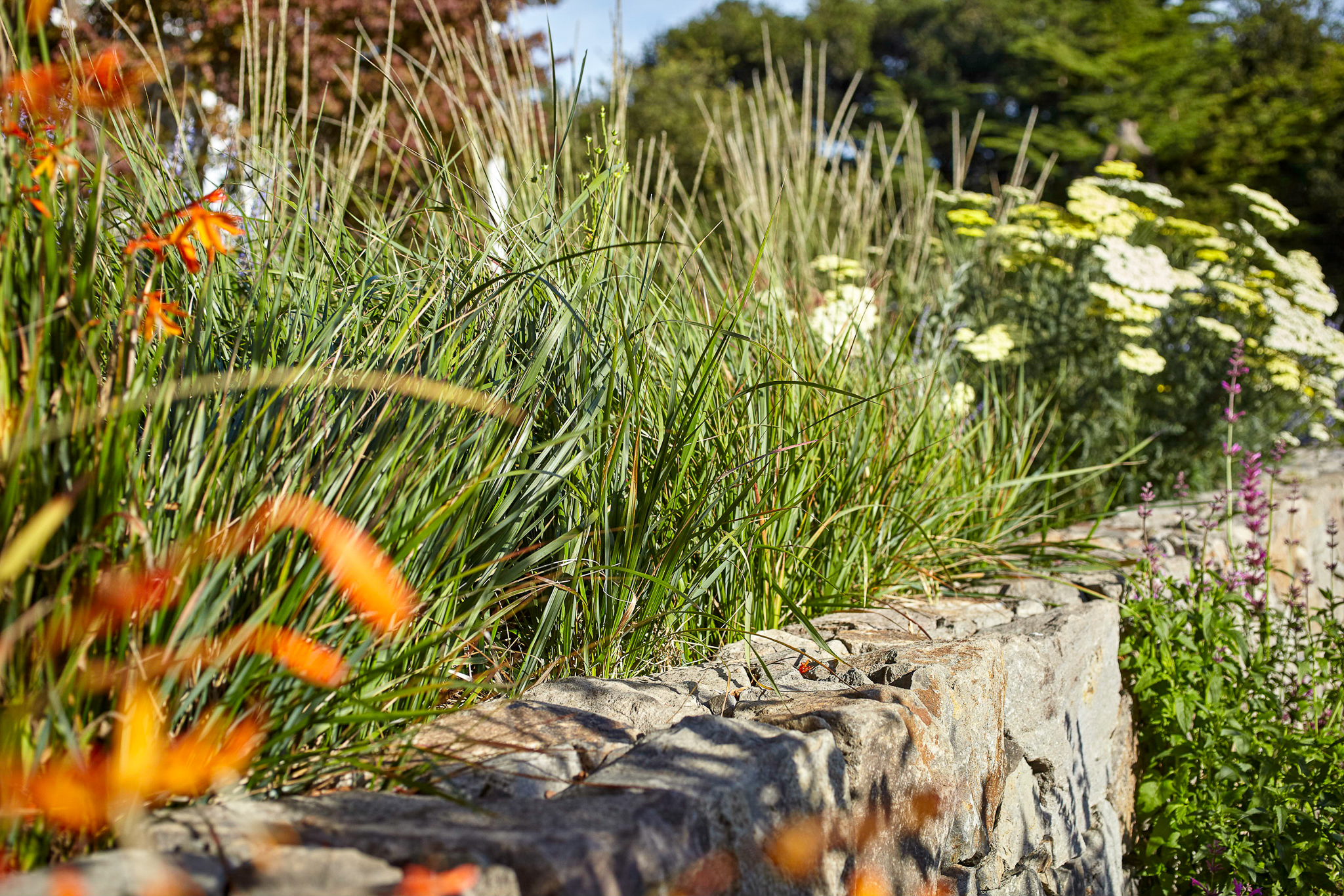
Leymus triticoides 'Lagunita®'
Lagunita® Wild Rye
Description
If this isn't the holy grail of native meadow grasses for the west coast, I will hang up my hat! This clone of our native creeping wild rye is one of the best forms of this grass we've ever come across. I discovered this beautiful grass on a client's ranch north of Santa Cruz. I've studied this grass species in nature from San Diego to Mount Shasta and by far, our variety here is the one with the most compact form and the most uniform green color. For more than 20 years, I've used it as a meadow lawn and orchard understory. And now, I've made it available for homeowners and landscapers!
Many inland forms of Leymus are 3 feet tall, silvery blue, and floppy. Delta forms can be 4 feet tall and floppy. Lagunita®, however, is just the right height at 10-16 inches, just the right green and extremely adaptable. It can be mowed as a meadow lawn, or left unmown as one of the hardiest of sod-forming grasses.
Lagunita® is the base groundcover grass for most of our large-scale meadow installations. It can be an aggressive grower if pushed with water and fertilizer, but it's better behaved in dryer settings and when it's planted in combination with flowering grasses, accent bulbs, and perennials. A unique aspect of the colony-forming grass is that it rarely flowers and doesn't set viable seed. This characteristic keeps it uniform and tidy with little care, except for occasional cutbacks.
John's Notes
General Details
Plant Type
Grass, Poaceae
Native Region
Northern California, USA
Seasonality
Cool-season, evergreen
Height
10-16 inches
Width
10-16 inches
Alternate Names
Elymus condensatus var. triticoides
Aesthetic Form
Landscaping Value
No Available Information
Foliage
Rich glossy green blades remain upright and evergreen long into summer
Flower Form
Narrow unbranched flower spikes
Bloom Cycle
Extremely infrequent
Growth Habits
Establishes quickly, colony forming, spreads controllably from rhizomes
Plant Pairings
No Available Information
Care & Maintenance
Watering Needs
Drought-tolerant, 1-2 waterings/month to keep green and non-flammable in the summer
Soil Preferences
Wide adaptability from dune sand to heavy clay
Sun Exposure
Full sun to partial shade
Winter Heartiness
0° F, USDA zones 7-11
Desert Adaptability
No Available Information
Costal Adaptability
No Available Information